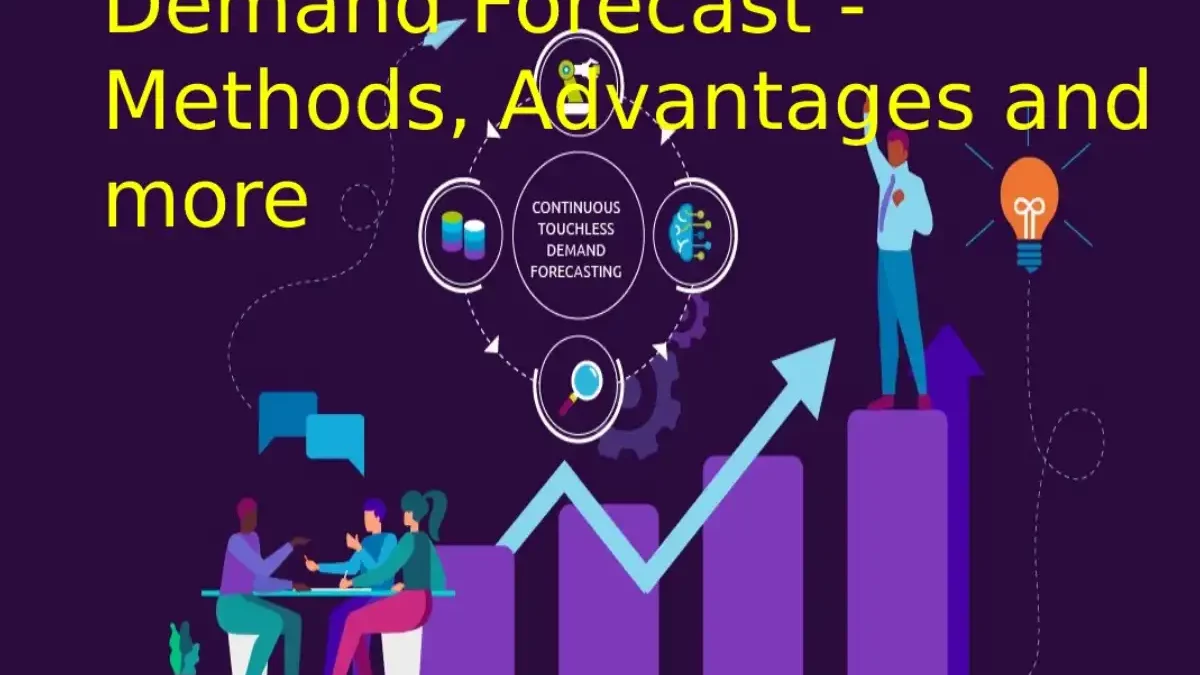Table of Contents
Demand Forecast
We speak of Demand Forecast or demand planning to effectively manage the company’s resources and thus effectively manage them and know our ability to cover a percentage of the market. In addition, a correct demand forecast will fully guarantee the optimization of production planning and, consequently, that of the company’s resources. Finally, the customer will also have a high degree of satisfaction.
What is Demand Forecasting, and what does it Consist of?
Demand forecast changing product life cycles, customer loyalty, competitor actions, etc., bring difficulties and complexities in determining the margin between demand and stock. Demand forecasting allows you to control these situations that produce deviations, quickly identify trends in the data and solve problems when measuring the impact of external stimuli on the demand line.
Companies must face a very competitive environment every day where demand is increasingly demanding, customers, request more and more personalized products and require much shorter delivery times. These changes in the market force companies to react and adapt their production models. The old mass-production model of long runs and high safety stocks has been invalid. Companies that want to stay alive and stand out in this competitive environment must have the tools to carry out effective demand planning.
Methods for Demand Forecasting
Demand forecasting methods aim to establish the actual demand that a company can satisfy, knowing the effort it must make to grow and begin displacing the competition. For this, there are technological solutions for demand planning that help us control situations in production processes, such as:
- Stock breaks.
- Capacity management.
- Coordination between departments.
- excess stock
Having a correct demand forecast entails three main advantages at three levels:
- Stock control and inventory reduction to what is necessary.
- Customer Service. Serve the products in quantity, and at times you need them.
- Internal organization by being able to optimize contracting and plant capacity.
How do you get these Advantages?
Utilities of Demand Forecasting in Different Sectors
Technological solutions based on demand management software systems have added value since they base on market forecasts for each type of sector and product. For this reason, demand forecasting systems that solve the main problems, such as the ones listed below based on our experience, are of unique added value.
- The historical data use poor statistical techniques, temporalities or trends ignored and therefore, the planning is inaccurate. Therefore, planning only based on sales history is not enough.
- Capacity management can optimize planning to match consumption patterns with demand management.
- Stock outs, excess stock, and obsolescence must be avoided without optimal planning and demand forecasting.
- There is a lack of computer tools to facilitate the work; they are slow and manual processes.
- The demand forecast is present to the Management without collaboration between different areas of the organization. As a result, the company’s departments prepare additional forecasts: Sales, Purchases, Finance, Production, etc. Therefore, the process, in addition to being instructed, is unreliable.
Advantages of Effectively Integrating Demand Forecasting into Business Processes
Quantitative demand forecasting methods through management software can inform and connect various departments since a variation in inventory or supply chain, for example, undoubtedly affects operations, distribution, financial, etc.
Demand planning coordinates the entire value chain in the following way:
- A demand forecasting software system must have a historical data analysis as its starting point. This extraction can ideally come from a BI (Business Intelligence) System or any other source of Business Intelligence. Next, we cross data on possible actions and events that we must consider. Such as advertising campaigns, promotions, or any event that we believe may influence our demand planning.
- The next step requires a cross-consensus meeting between most departments to approve the planning after approval will communicate to all areas of the company.
- Last but not least, measurement: you have to measure frequently. The ideal way to collect and order this information is through a company balanced scorecard, which contains the most representative indicators or KPIs of those existing for each activity area.
Correct analysis and forecast of the demand suppose a significant saving of costs to the planners in time, money and headaches.
For this reason, at Niteries, we have professionals to help control these situations in the production processes: capacity management. Avoiding excess stock, stock breakage, etc. If you want to know more about how to take a step forward in demand planning and forecasting, request more information.
Conclusion
Today, forecasting methods and having sound knowledge in the area and sufficient experience in data analysis require appropriate tools. These are the ones that allow us to be efficient and help us to simplify the process. And save time in obtaining and filtering information so that we can focus on the analysis and its conclusions.

